Is the bidding batch of coffee beans the same as the same batch? Ethiopia extraordinary Cup Competition with the same batch of coffee beans
Professional coffee knowledge exchange more coffee bean information please follow the coffee workshop (Wechat official account cafe_style)
Qianjie Coffee won 22nd place in an Ethiopian COE Cup in 2020, a sun-tanned iron pickup coffee bean (COE22 portal) from Arsi. Compared with the Ethiopian native varieties of coffee beans in Arsi, this 22-place tin card has won the hearts of coffee lovers with its clean, soft juice, sweet and sour juice and the high-quality sweetness of ripe coffee berries.

Not long ago, Qianjie tasted the 26th coffee beans in the bidding batch of the Ethiopian COE competition, and its matcha-like aroma stayed in the mouth for a long time, which surprised all the colleagues in Qianjie, because it is not easy to find a highly recognizable coffee bean in the Ethiopian coffee beans.
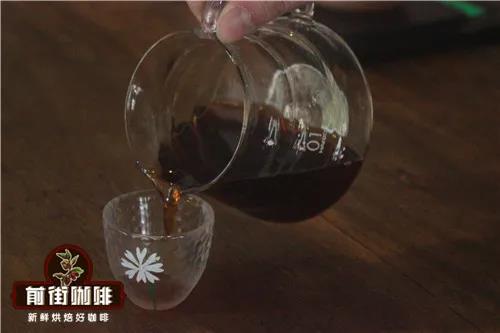
But it was already mid-December when Qianjie tasted this coffee bean, and the auction will be in late June, so it is impossible to find 26 raw coffee beans in December. After all, the number of coffee beans in the bidding batch is still limited. So Qianjie was in the mood of "give it a try" and got a COE26 coffee bean in the same batch to see if he could drink the matcha aroma that surprised Qianjie.
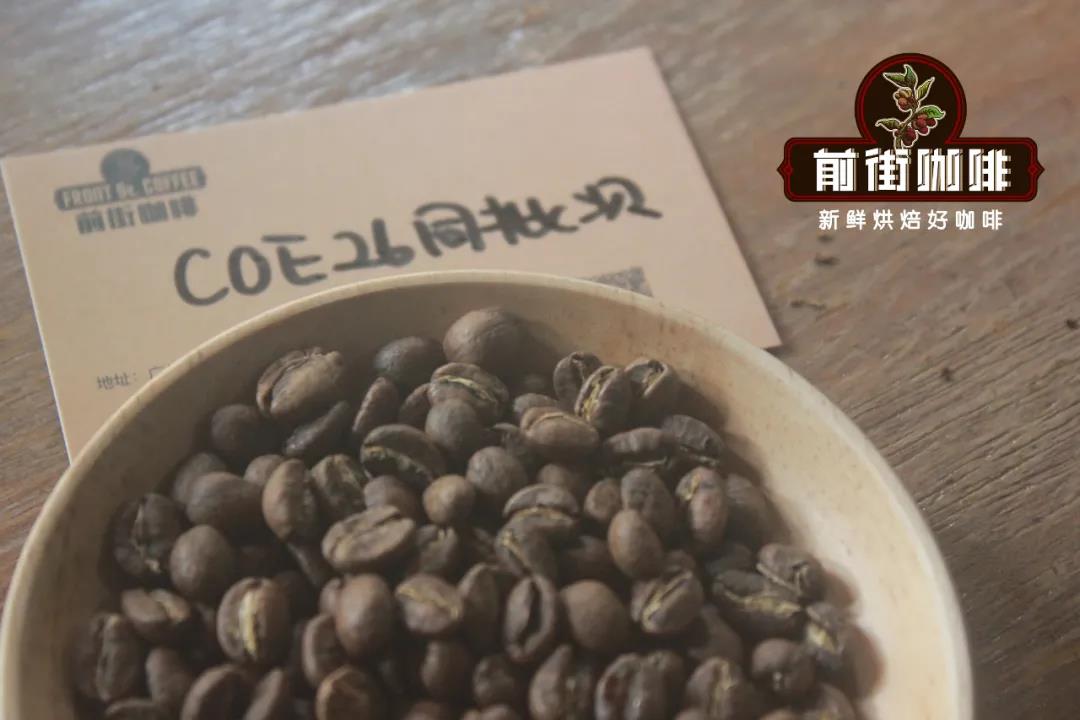
Qianjie Coffee-Essel COE26 same batch of Coffee beans
Producing area: Yega Sheffivoka
Altitude: 1500-2100m
Variety: Ethiopian native variety
Treatment: washing treatment
What is a bidding batch of coffee beans?
Coffee beans participating in the COE Excellence Cup competition will be re-classified, numbered, roasted and then cup tested. In the cup test, the judges will only see the number of the coffee, but will not see the coffee bean producing area, manor and other specific information. The whole COE Excellence Cup competition will be divided into three stages: the primary stage (Pre-selection), the domestic campaign stage (National jury) and the international campaign stage (International jury).
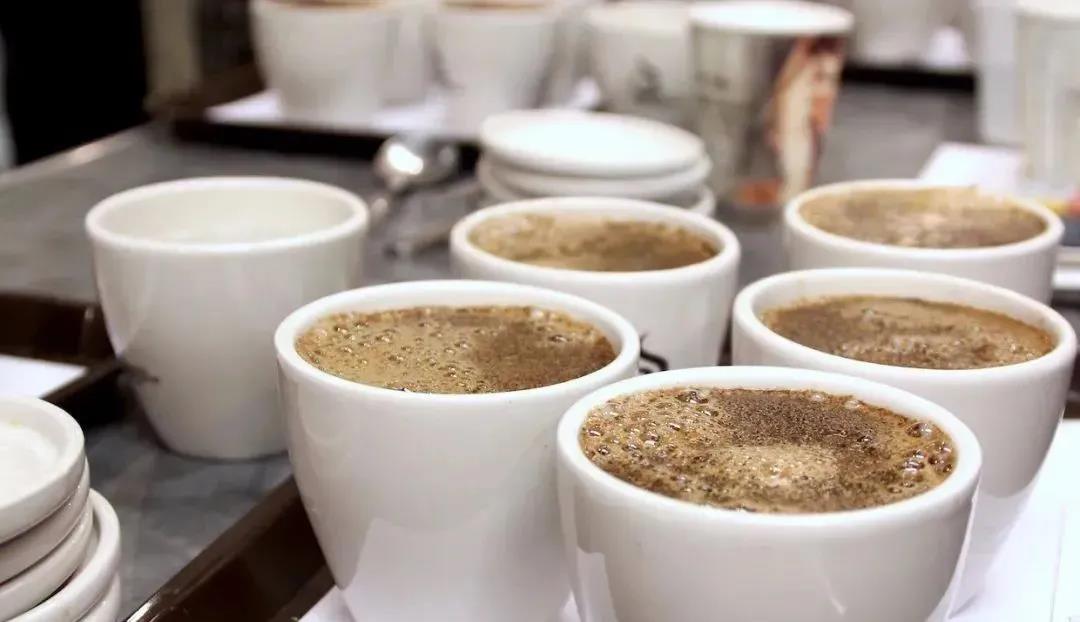
In the primary stage, only coffee beans with a cup test score of 85 or more are eligible to enter the domestic campaign. In this primary stage, 1459 beans participated in the primary election. After the first round of cup test screening, 150 coffee beans were selected to reach the domestic election stage. Two rounds of cup tests will be conducted in the second round of the domestic election campaign, and the first round will retain 90 coffee beans with 85 points or more from the 150 coffee beans in the preliminary round for the second round of cup tests. In the second round, 40 coffee beans with 85 points or more were selected from the 90 coffee beans to enter the international campaign. In the international campaign stage, the competition consists of three rounds: the preliminary round, the second election, and the top ten ratings. Raw beans are re-numbered and roasted, and the judges still do not know anything about the specific estate information of a coffee bean during the cup test, and will know the details of the coffee beans only when the final result of the competition is announced.
All the coffee beans that win the prize need to be won by auction, and the COE22 coffee beans on the front street were also auctioned on June 25. So what is the same batch of COE26 from Qianjie?
What is the same batch of coffee beans?
In other words, the same batch of coffee beans is only a "neighbor" with the bidding batch, and may not even be a "neighbor". If it is a "neighbor", the same batch of coffee beans have the same coffee variety as the bidding batch, the same coffee producing area, the same harvest season, and the same raw bean treatment. However, it should be noted that "the same rice raises a hundred kinds of people". Although it is in the same producing area, the area of the producing area is not small, and there will still be a difference in altitude, so the elevation, microclimate and soil changes will affect the formation of coffee flavor. So does it mean that the taste of the same batch must be different from that of the bidding batch? I'm not sure, but there's not much chance. That's why Qianjie said that it had acquired the same batch of COE26 with a "try" mood.
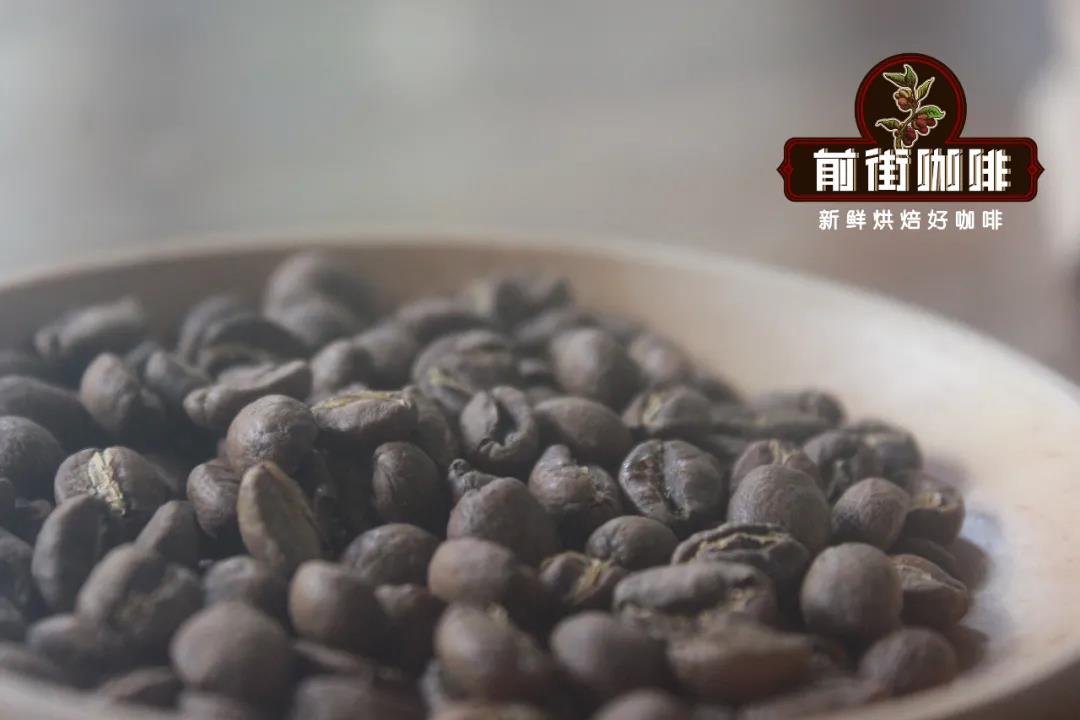
Yega Shirley Favorka
Yirgacheffe is located in the Gedeo region of southern Ethiopia. The well-known jurisdiction of this area is Yegashafi and Kochere, which is at an altitude of 1700-2100m, which is one of the highest coffee producing areas in the world. Waka is located in a remote area of the Yega Sheffield region, where coffee beans grown are handed over to the Waka Cooperative for processing and export.
Washing treatment method
Washing treatment is the most common method of raw bean treatment in Yega Xuefei area. The selected coffee berries are put into the peeling machine to initially remove their peel and pulp. Put the coffee beans with residual pectin into the water and let them ferment. After fermentation, the raw coffee beans with parchment are washed in a flow tank, and the pulp and pectin are removed by friction between the coffee beans and the coffee beans. After washing, the coffee beans are dried so that the moisture content is reduced to about 12%. Finally, the parchment of raw coffee beans is removed.
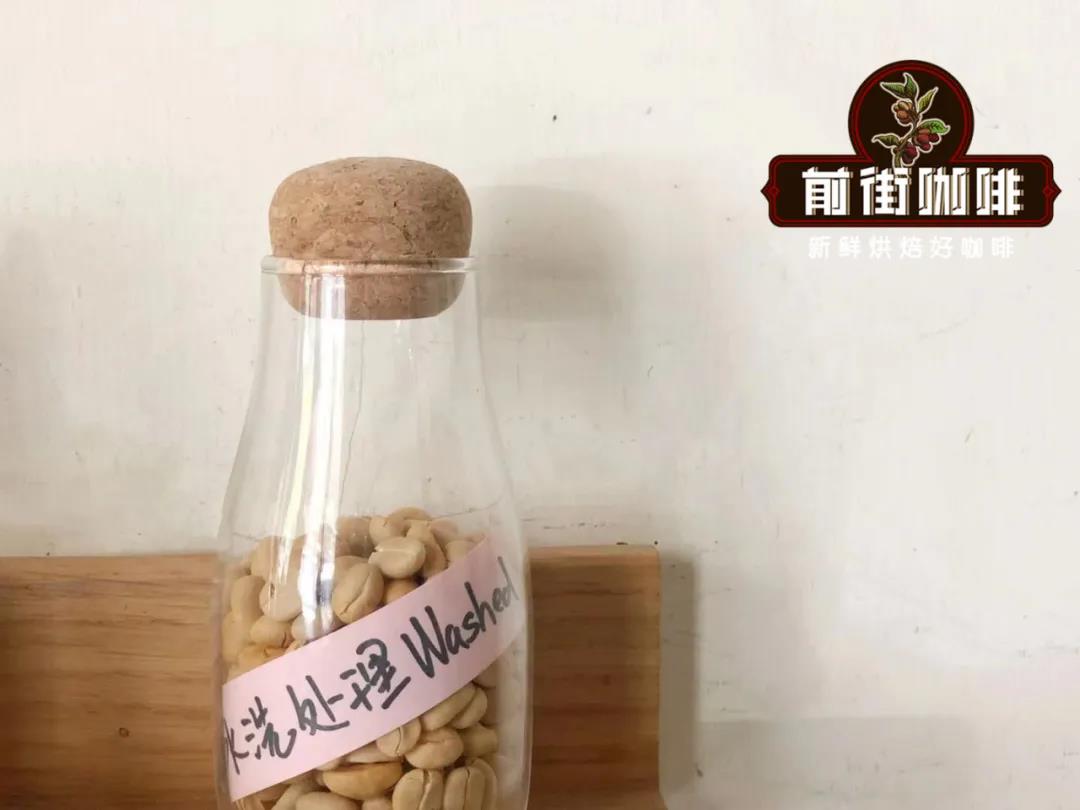
Coffee bean variety
This coffee bean is native to Ethiopia. There are so many varieties of coffee in Ethiopia that it is very difficult to subdivide them. At the same time, some varieties need to be studied by "anonymity", so coffee trees are basically mixed planting and mixed harvesting. This is also the reason why the coffee beans of Ethiopian native varieties are of different sizes.
Experience of coffee baking in Qianjie
The moisture content of beans in the new season is relatively high, so Qianjie bakers will prolong the dehydration time so that the bean surface and core are heated evenly. In order to show the sweetness, acidity and flower and fruit aroma of this bean, we use a light baking degree.
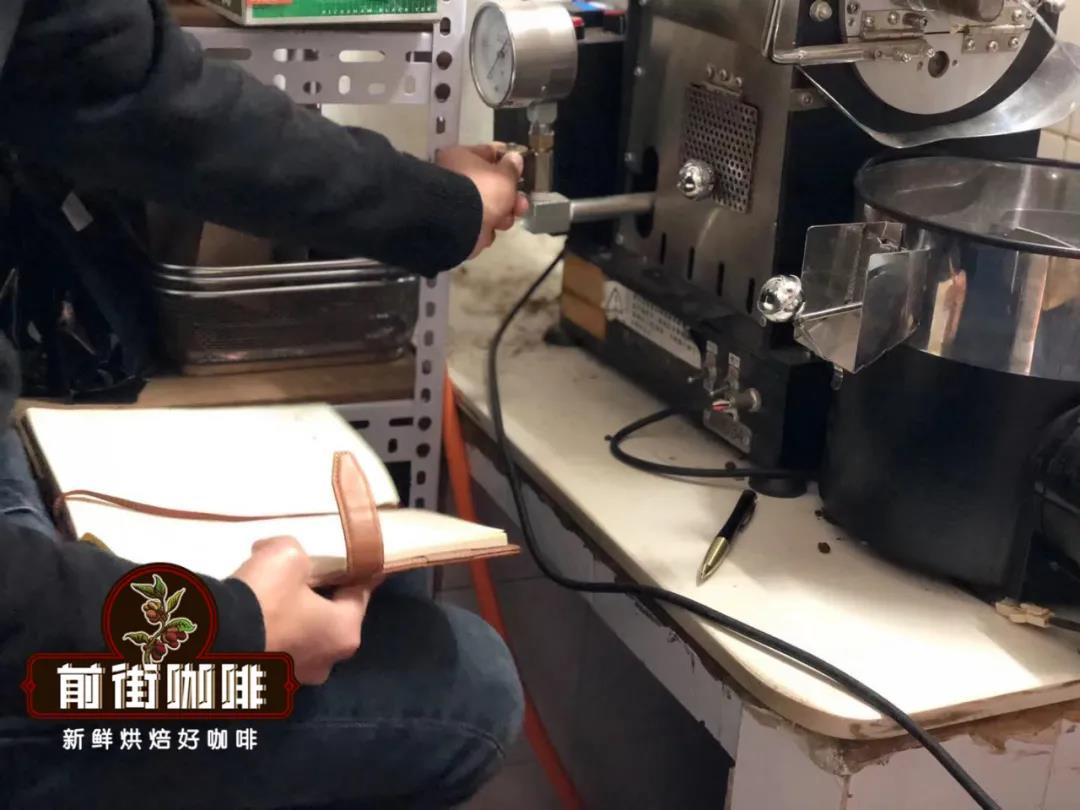
The furnace temperature is 155℃, the firepower is 110min, the throttle is set up 3; the temperature recovery point is 1mm 39x28 ", when the furnace temperature is 100.2 ℃, the firepower is unchanged; the baking door is adjusted to 4pm in 3 minutes and the firepower is increased to 140min. Furnace temperature 153.When the bean table turns yellow and the smell of grass disappears completely, it enters the dehydration stage, when the bean surface appears ugly wrinkles and black markings on the bean surface, and the smell of baked bread obviously turns into coffee, which can be defined as a prelude to an explosion. At this time, it is necessary to listen carefully to the sound of the explosion point. When the ℃ starts to explode, the explosion begins to occur. After the explosion, the bean will be developed for 1 minute, 3900 seconds, 192. beans under ℃.
Coffee cup test report on Qianjie
Dry incense: lemon
Wet fragrance: the scent of white flowers
Flavor: lemon, jasmine, berries, cream, green tea, honey
Experience of brewing coffee in Qianjie
Through the cup test in the front street, it is found that this coffee bean is rich in flower and fruit aroma, so using the V60 filter cup, the spiral design of the v60 filter cup not only prolongs the contact time between coffee powder and water, but also makes the water level drop at the same time. let the water flow along the spiral groove to the center of the filter cup, through the falling gravity of the water to produce a squeeze of coffee powder, in order to form a higher sense of hierarchy.
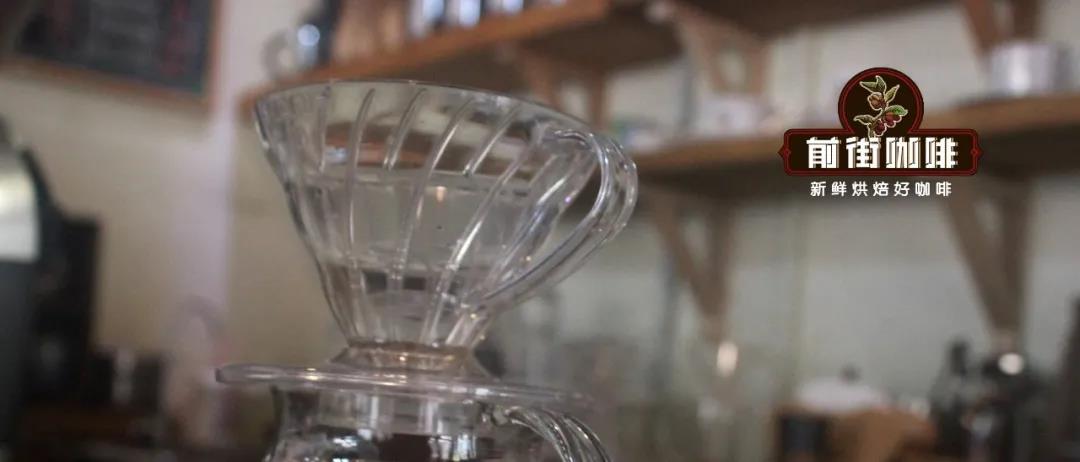
Water temperature: 90 °C
Powder content: 15g
Ratio of powder to water: 1:15
Degree of grinding: medium and fine grinding (78% screening rate of No. 20 screen)
Qianjie coffee staged extraction: first, use 30g water to fully wet the powder layer in the shape of "hamburger" and steam for 30s; in the second stage, water is injected into 125g at 1: 00 "timer, then stop and wait for the water level to drop to 2 / 3 of the powder layer into the third stage; in the third stage, the water is injected into 225g when the timer is 390 / 40", and the total extraction time for coffee liquid to be completely dropped is 1 cup 3959 ". Shake the coffee gently after the extraction, and then taste it after the coffee liquid is fully uniform.
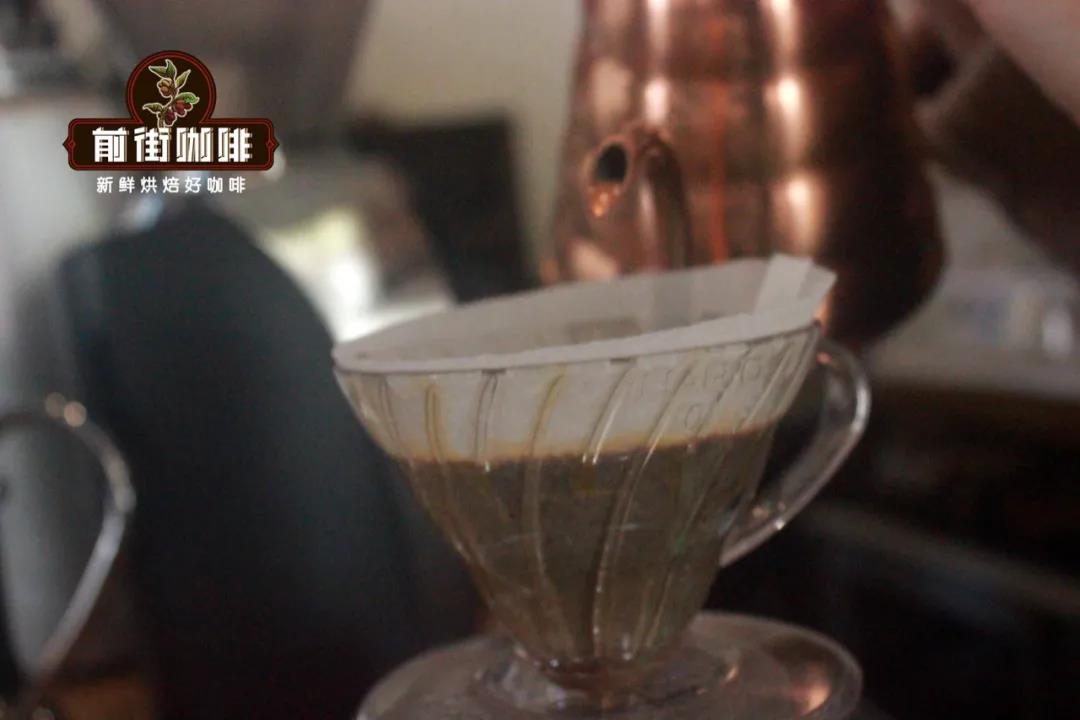
Brewing flavor: the entrance is bright citric acid and jasmine aroma, after cooling will have the sweet and sour of berries and juice, the aftertaste is honey green tea.
After brewing, this coffee bean is similar to the coffee bean flavor of the Yega Xuefei Fruit Ding Cooperative on the street, and there is no aroma of COE26 matcha. Although it has the obvious flavor of Yega Xuefei, there is nothing special to remember this bean, so there is no coffee bean on the front street.
For more boutique coffee beans, please add private Qianjie coffee on Wechat. WeChat account: kaixinguoguo0925
Important Notice :
前街咖啡 FrontStreet Coffee has moved to new addredd:
FrontStreet Coffee Address: 315,Donghua East Road,GuangZhou
Tel:020 38364473
- Prev
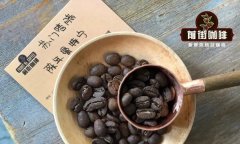
Coffee beans kept for many years is old coffee? How do old coffee beans age?
Professional coffee knowledge exchange more coffee bean information please follow the coffee workshop (Wechat official account cafe_style) more boutique coffee beans please add private Wechat Qianjie coffee, WeChat: kaixinguoguo0925 old coffee beans have been in the coffee beans for many years? I believe this is the first time you have heard of old Manning coffee and the first reaction. In the absence of a special and proper reserve
- Next
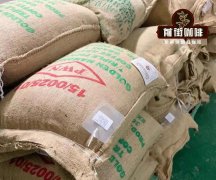
Why do coffee beans produce oil? PWN gold Mantenin coffee beans are oiled because they are roasted in medium depth.
Professional coffee knowledge exchange more coffee bean information please follow the coffee workshop (Wechat official account cafe_style) recently a three-time hand-selected mantenin coffee bean (also known as golden mantenin by coffee merchants) was launched in the Jiayu mountain producing area of Sumatra, Indonesia. Many friends asked what is the difference between this golden manning coffee bean in front of the street and the PWN gold mantenin coffee bean in front of the street.
Related
- Beginners will see the "Coffee pull flower" guide!
- What is the difference between ice blog purified milk and ordinary milk coffee?
- Why is the Philippines the largest producer of crops in Liberia?
- For coffee extraction, should the fine powder be retained?
- How does extracted espresso fill pressed powder? How much strength does it take to press the powder?
- How to make jasmine cold extract coffee? Is the jasmine + latte good?
- Will this little toy really make the coffee taste better? How does Lily Drip affect coffee extraction?
- Will the action of slapping the filter cup also affect coffee extraction?
- What's the difference between powder-to-water ratio and powder-to-liquid ratio?
- What is the Ethiopian local species? What does it have to do with Heirloom native species?

